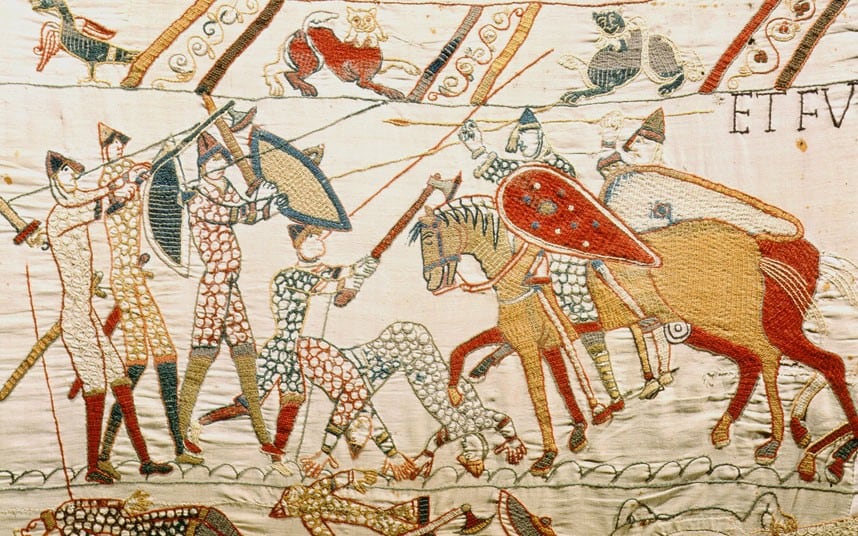Governments have always had to search for ways to get things across to their people. Nowadays, of course, they have the internet, social media, radio, newspapers, television, adverts, election campaigns, and a host of other methods. So they are not short of the means to do it. But, the further back you go in history, the more difficult it must have been. No radio, obviously, no television, no newspapers. Very people could read or write. It was extremely difficult to distribute information quickly; from the dawn of time, and right up until the nineteenth century, no man, however rich or powerful, could travel faster than fifteen miles an hour. How did a ruler make contact with his subjects? What means was left?
The human voice. Proclamation. Heralds, town criers, messengers, itinerant judges, any one of a host of travelling tradesmen, entertainers, pilgrims, preachers, prophets, tramps, crusaders, hippies, minstrels, story-tellers (a recognised trade). Master-builders, for instance, criss-crossed Christendom designing and building castles. Once you have built your castle, you have to move on; no region, however rich, can sustain more than one castle.
However, the news-spreaders, the government ministers and the civil servants, had another idea. Why not use the human eye as well as the human ear? Don`t just tell people things; show them. This not just an old-fashioned idea from the quaint world of the ‘the Olden Days’. The technique is as powerful today as it has ever been. Pick up an illustrated book. What do you look at first? Exactly.
Think of some of the strongest and most permanent impressions that were made upon you when you were young. Or even older for that matter. Exactly again. Just spend a moment or two with a pencil and the back of an envelope, and make a list of all the things that you know about only through what you have seen. Not read – seen. Not print – pictures.
It goes right back to the earliest civilisations. Even earlier. Why did those cavemen put paintings on the inside walls of caves? Not because they were doodling with a paintbrush; they had a message to convey. What was the point of all those hieroglyphs on public walls in Ancient Egypt? Why did the Roman Emperor Trajan put up that huge pillar with countless carvings of his glorious campaigns against the barbarians winding their way right up like some colossal creeper? Why did ancient rulers have coins struck with their heads and names hammered on to them?
So when you look at it like that, the Bayeux Tapestry is nothing new or unique. It is special because it is extremely well done; it is still there after nearly a thousand years; and it is about us.

Recent Comments